13 Trusted Ad Serving Platforms for Marketing Teams
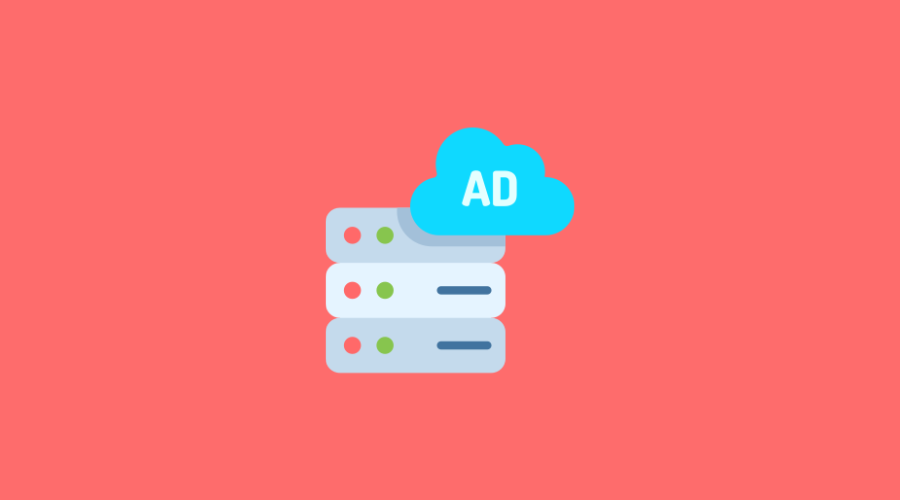
Today, in this guide, we’ll examine 13 trusted ad serving platforms that deliver precision targeting, maximize ROI, and protect brand reputation by leveraging proactive brand monitoring tools —all while maintaining seamless user experiences across digital touchpoints.
Let’s start with a quick list in case you’re in a hurry:
What are Ad Serving Platforms?
Ad servicing platforms are digital systems designed to manage, deliver, and track advertisements across websites, mobile apps, and other digital environments. They play a crucial role in modern advertising by automating the placement of ads, ensuring the right creatives reach the right audience at the right time. These platforms support various ad formats—such as display, video, and native ads—and provide tools for targeting, scheduling, frequency capping, and performance measurement.
There are two main types of ad servicing platforms: first-party servers used by publishers to manage their own inventory, and third-party servers used by advertisers and agencies to serve and track ads across multiple sites. Leading platforms like Google Ad Manager, Adform, and Amazon Publisher Services offer advanced features like real-time bidding (RTB), audience segmentation, and dynamic creative optimization, making them essential for running efficient and data-driven advertising campaigns.
Top 13 Trusted Ad Serving Platforms to Use
- Google Ad Manager (GAM)
- AdButler
- OpenX
- Revive Adserver
- Amazon Ad Server (formerly Sizmek)
- Kevel (formerly AdZerk)
- EPOM Ad ServerBroadstreet Ads
- MonetizeMore (PubGuru)
- Taboola Realize
- StackAdapt
- Criteo Dynamic Retargeting
- Terminus ABM Platform
Now, we’ll start with the first one:
Google Ad Manager (GAM)

Google Ad Manager supports unified auctions for direct and programmatic sales across display, video, in-app, and connected TV formats.
Strengths:
- It integrates with Google Analytics, Google Ads, and Data Studio.
- One of the capable options that offers advanced forecasting and targeting options
- Comes equipped with real-time dashboards and custom reports
Limitations:
- Google’s unified pricing rules can restrict publishers
- Limited access to detailed data
- Older interfaces can be slow and difficult to use
Cost: Free for publishers with under 200 million monthly impressions; premium pricing for GAM 360.
User Feedback: Users like the integration features but mention concerns about complexity and transparency.
AdButler
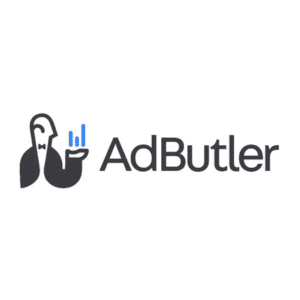
AdButler delivers versatility through multiple ad format support via a global cloud network with an integrated self-service marketplace.
Strengths:
- Comprehensive format support: display, video, native, email, mobile, digital out-of-home, self-serve, and sponsored products.
- Built-in analytics suite with A/B testing capabilities
- Modular pricing with affordable add-ons for specialized functionality
- API for integrations
Limitations:
- User interface complexity can challenge new users
- Feature tiering requires careful planning to avoid unexpected costs
Cost: Structured pricing from $179/month (1 million requests) to $2,988/month (50 million requests). Custom packages are also available.
User Feedback: Clients consistently praise the quality of customer support and the completeness of features, while noting the initial learning requirements.
OpenX
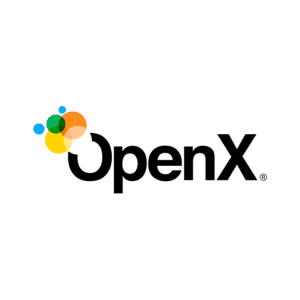
OpenX has evolved from an ad server to a supply-side platform and ad exchange with a focus on header bidding.
Strengths:
- Handles high traffic volumes with specific targeting
- Provides a strong SDK for app developers
- Allows publishers to filter unwanted ads and create custom reports
Limitations:
- Platform complexity requires time to learn
- The interface may be difficult for some users
Cost: Custom pricing based on publisher needs and traffic.
User Feedback: Major publishers, such as Condé Nast, report good integration and revenue increases.
Revive Adserver
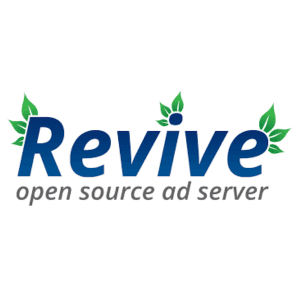
Our third option, “Revive Adserver,” is surprisingly a free, open-source platform. Still, it comes with some superb features, such as banner rotation, click tracking, zone targeting, and frequency capping.
Strengths:
- Free solution with full inventory and data control
- It can be extended with plugins for custom features
Limitations:
- Fewer features than paid alternatives
- In some areas, it requires technical skills for setup and maintenance
Cost: Luckily, it offers a free version; a hosted version is available for $10 monthly.
User Feedback: Users value the cost savings and control, but note technical knowledge requirements.
Amazon Ad Server (formerly Sizmek)
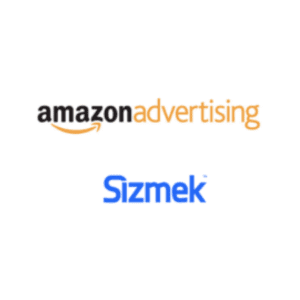
Amazon Ad Server provides powerful dynamic creative optimization capabilities while serving display, video, and native ads across global demand-side platforms.
Strengths:
- Leverages proprietary first-party data for real-time ad performance adjustments
- Flexible implementation through both self-service and managed service options
- Creative development simplified through a template library requiring minimal coding expertise
Limitations:
- Integration challenges with non-Amazon advertising ecosystem components
- Cost structure is potentially prohibitive for smaller advertising operations
Cost: Custom pricing based on campaign scale and complexity.
User Feedback: Marketing teams particularly value the optimization algorithms and comprehensive performance metrics.
Kevel (formerly AdZerk)
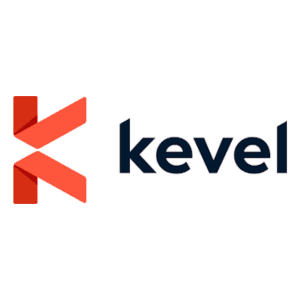
If APIs are your thing, you’ll love this platform. It enables organizations to build custom advertising systems with minimal development time and maximum control with an API-first approach.
Strengths:
- Comprehensive API suite including Decision, Forecasting, and Reporting interfaces
- Support for first-party data targeting with AI-powered pricing optimization
- Documented client success with revenue increases and accelerated time-to-market
Limitations:
- Implementation requires dedicated development resources
- It is not appropriate for teams without technical implementation capabilities
Cost: You can enjoy a custom pricing model based on your API usage volume and specific business feature requirements.
User Feedback: Technical teams appreciate the flexibility and control for developing tailored advertising solutions.
EPOM Ad Server
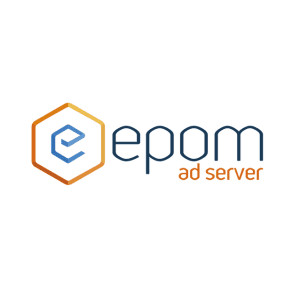
EPOM combines ad-serving and supply-side platform capabilities in a unified SaaS interface that supports diverse ad formats and integrates with data management platforms.
Strengths:
- Integrated real-time bidding auctions across multiple channels
- Advanced security with fraud protection mechanisms
- Comprehensive reporting with customization options
- Risk-free evaluation through a 14-day trial period
Limitations:
- Complexity barrier for users new to programmatic advertising
- Feature access restrictions in lower-tier plans
Cost: Entry-level plans start at $250 per month, with enterprise options available.
User Feedback: Users praise the EPOM Ad Server for its strong features, scalability, detailed analytics, and responsive customer support. Many find it effective for campaign management, but some mention that the user interface can be complex and may require a learning curve.
Broadstreet Ads

Are you one of the “Vocal for Local” supporters? Broadstreet Ads focuses on local publishers. It comes with a comparatively better interface and diverse ad format options. Ensuring that most community publication needs are met.
Strengths:
- User-friendly design requiring minimal technical expertise
- Responsive and accessible customer service team
- Specialized ad formats optimized for local advertising use cases
Limitations:
- Limited scalability for high-volume advertising operations
- Fewer advanced targeting capabilities compared to enterprise platforms
Cost: Customized pricing structure based on individual publisher requirements.
User Feedback: We’ve seen community publishers appreciate the simplicity of Broadstreet Ads, along with its unique approach, and have received their support.
MonetizeMore (PubGuru)
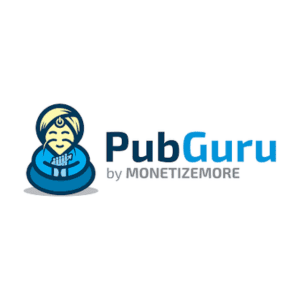
This platform is the Guru of this list. It uses AI-powered technology to boost your ad serving experience and overall revenue. What makes it stand out? Their smart pricing algorithms and traffic quality protection work together to help your bottom line grow.
Strengths:
- AI-driven yield optimization, maximizing publisher earnings
- Comprehensive reporting suite with actionable optimization insights
- 24/7 expert support with dedicated account management
Limitations:
- Revenue threshold requirements limit accessibility for smaller publishers
- Best results require medium to large-scale traffic volumes
Cost: Tiered structure based on monthly revenue:
- Starter: $1,000/month revenue minimum
- Professional: $5,000/month revenue minimum
- Premium: $20,000/month revenue minimum
- Enterprise: $100,000/month revenue minimum
User Feedback: Many partners have reported impressive revenue jumps and particularly love the transparency and quality support the team provides.
Taboola Realize
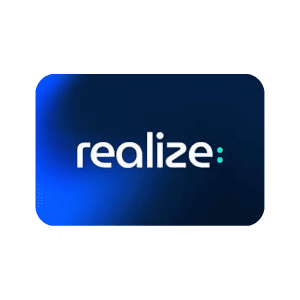
When discussing ads, is Taboola missing from the discussion? Not happening. It specializes in content monetization through personalized recommendation technology, helping publishers generate revenue from user engagement.
Strengths:
- It comes with mobile-friendly templates that boost your conversion rates
- With its smart audience targeting with retargeting features
- You can enjoy its detailed analytics that help you fine-tune your content
Limitations:
- We’ve seen that some users find the interface to be a bit clunky
- No free trial option to test the waters
- Limited payment processing options
Cost: The pricing model will be adjusted based on your traffic volume and content type.
User Feedback: Publishers appreciate how it expands their audience reach, though many mention the interface could use some improvement.
Also Read: Features to Look for in a Professional Logo Maker Tool
StackAdapt

StackAdapt delivers multi-channel advertising capabilities across native, display, video, and connected TV environments from a unified platform.
Strengths:
- Advanced targeting capabilities across various channels
- You can benefit from its powerful analytics dashboard. It comes with in-depth performance metrics designed to help you make the right decisions.
- You can expect to receive expert (and right) guidance to optimize your efforts effectively and drive success.
Limitations:
- We’ve seen some users find the dashboard challenging to navigate
- Limited transparency about exactly where your ads appear
- You may need additional tools to measure ROI fully
Cost: Flexible pricing structure ranging from $500 monthly (small businesses) to $250,000 (global enterprises).
User Feedback: Agencies of all sizes appreciate the platform’s flexibility, intuitive operation, and responsive support team.
Criteo Dynamic Retargeting
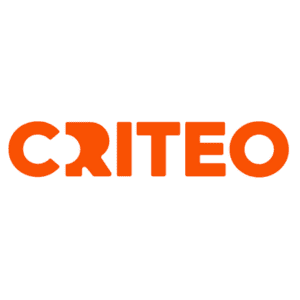
Do you want a personal AI agent working around the clock to personalize your advertising? That’s what Criteo does. Based on what we’ve found, you can expect it to deliver tailored ad experiences across multiple digital channels.
Strengths:
- It can give your campaigns a massive boost with the unique personalization feature.
- Enjoy an extended reach across social platforms, search engines, and publisher networks.
Limitations:
- If you have a limited marketing budget, this option’s pricing structure (which is on the higher end) may pose a problem.
- You may find campaign customization a bit difficult to deal with
- Limited control over specific ad placement environments
Cost: You can talk with their friendly team anytime, and they’ll create a custom package based on your campaign needs and scale.
User Feedback: We’ve seen marketers love the personalization capabilities. But what we can’t avoid is that they often mention concerns about cost-effectiveness and control limitations.
Terminus ABM Platform

Terminus enables B2B marketers to implement account-based marketing strategies through targeted advertising campaigns directed at specific high-value accounts.
Strengths:
- Precise account-level ad targeting across display networks
- Intent data integration for campaign personalization
- Comprehensive ABM performance reporting
Limitations:
- Integration challenges with certain marketing platforms like HubSpot
- Performance issues with user interface responsiveness
- Manual configuration requirements for certain functions
Cost: Custom pricing structure based on business requirements and account volume.
User Feedback: B2B marketers new to account-based marketing particularly value targeting precision and support resources.
Also Read: Best Ad Design Tools
Best Practices for Ad Server Implementation
- Performance Testing: Before full deployment, test tag configurations thoroughly to measure the impact on page loading times and user experience
- Server-Side Integration: Implement server-to-server connections where possible to reduce client-side code and improve overall site performance
- Security Monitoring: Deploy third-party verification tools to monitor for fraudulent activity and viewability metrics to ensure brand safety standards
- Audience Privacy: Implement robust consent management and data protection measures aligned with evolving privacy regulations
- A/B Testing: You can’t improve what you don’t measure. So, continuously test ad formats, placements, and targeting parameters.
Bottom Line
Remember, choosing the right ad-serving platform is a lengthy and critical process. It requires thoughtful consideration of many factors unique to your business needs. Take your time to weigh each platform against your specific requirements.
What works like magic for other publishers might not be the best fit for you. So, carefully evaluating these options will not only help you find a solution that supports your advertising goals and delivers great user experiences.
